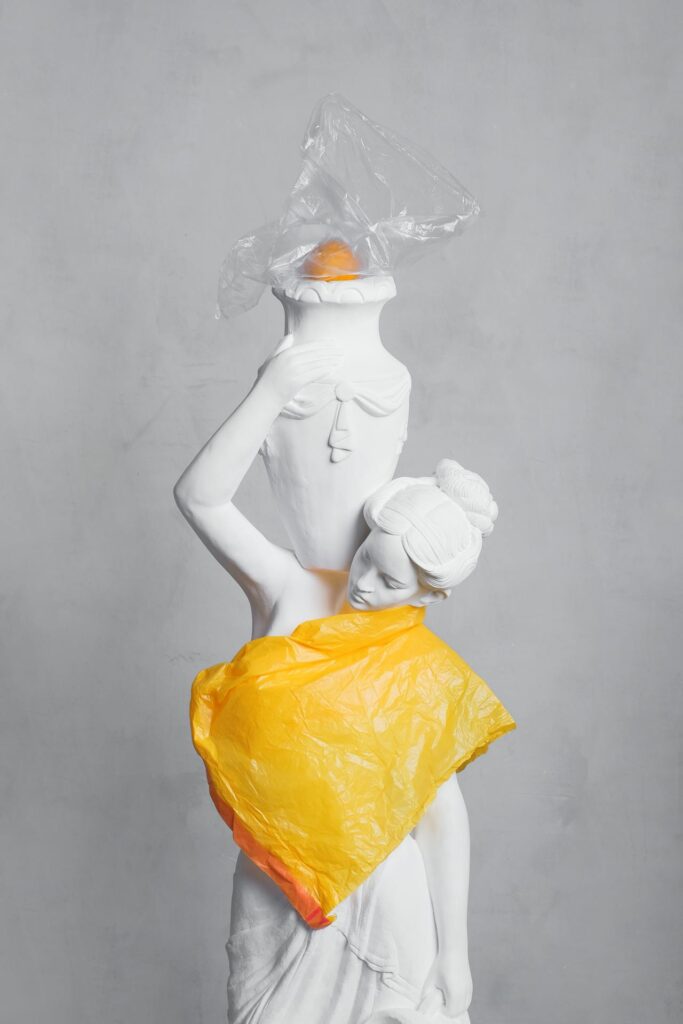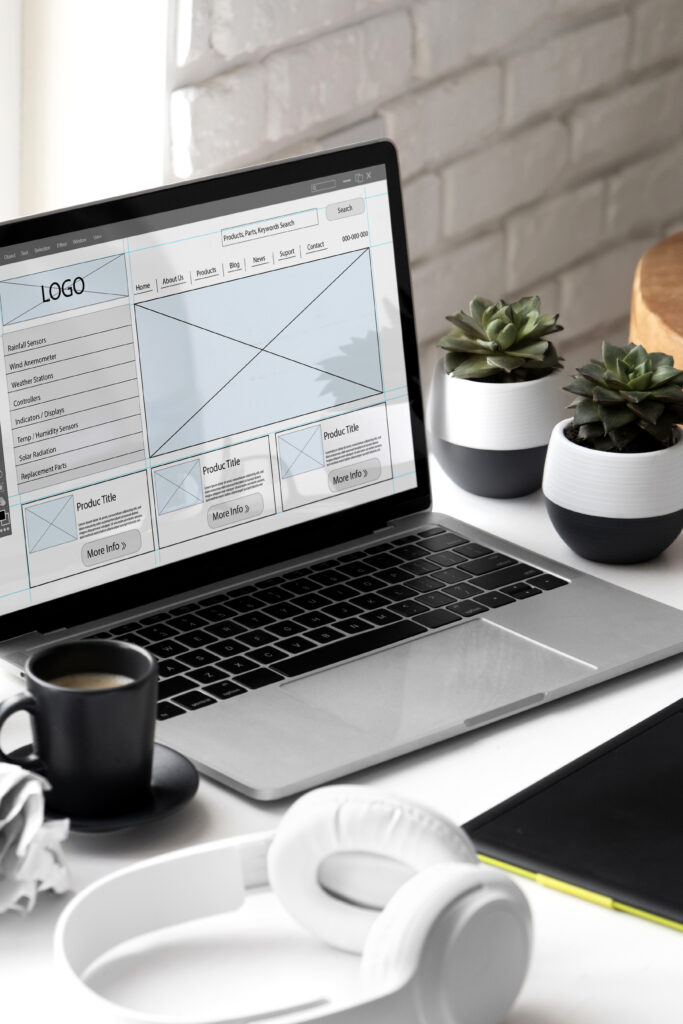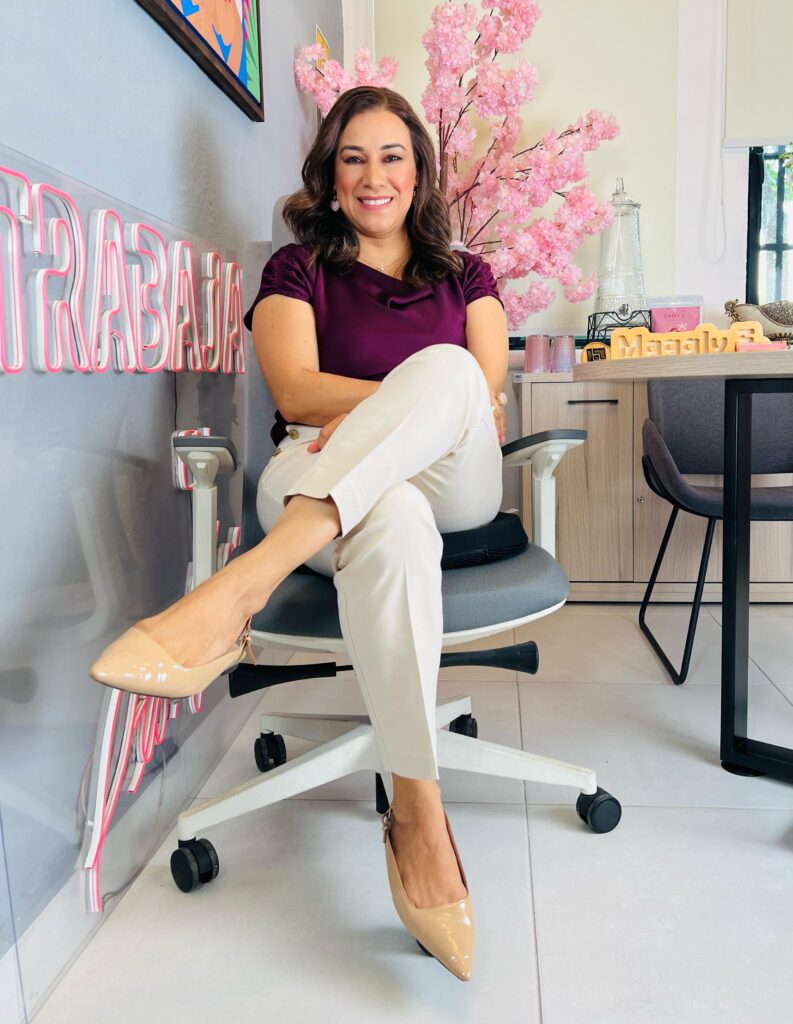Conceptualizing environments: The essence of interior design
Written by:

Csar Sandoval
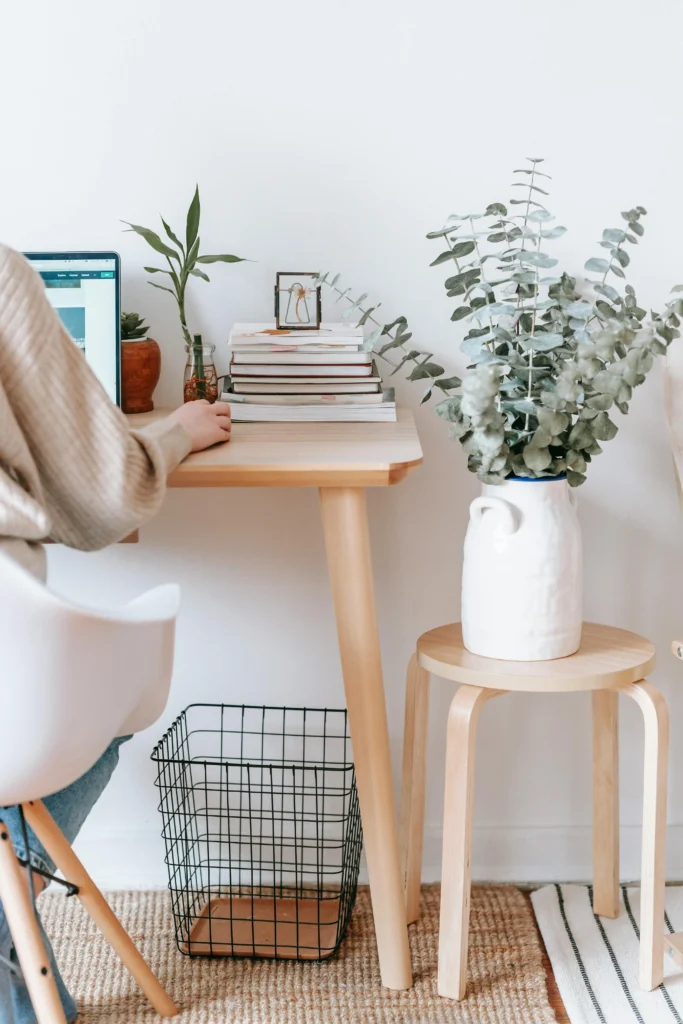
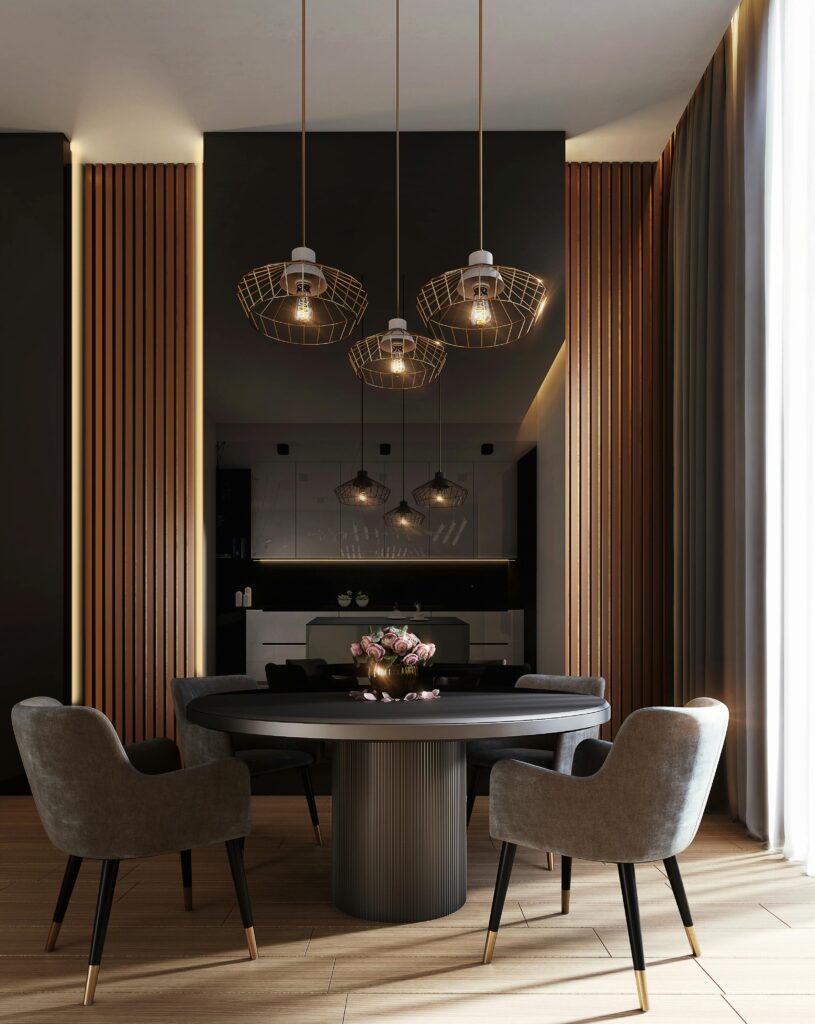
It is a creative process and technical that seeks to create spaces that are not only aesthetically pleasing, but also reflect the personality and the needs of those who inhabit and use, creating environments that harmonize functionality and beauty. To achieve an ideal design, it is necessary to take into account the fundamental elements that provide the right tools for every need.
The contrast adds visual interest and depth to a space. It can manifest itself in the combination of opposite colors in the color circle, the mixture of textures, smooth and rough, or the inclusion of contemporary features in a traditional context. The emphasis, for its part, is accomplished by highlighting a point
focal that attract attention, as a work of art, striking, or a piece of furniture unique.
The negative space, or empty space, is just as important as the objects that fill a room. A good interior design is not crammed the space, but leaves open areas that allow the environment to breathe and that the important elements to shine with its own light.
Although it is important to be aware of the current trends in interior design, such as sustainability, eclécticismo and rounded shapes, personalization is key. Each environment should be a reflection of those who inhabit it, your tastes, your lifestyle and your needs. Thus, the design of
interior becomes an expression of identity and comfort.
The unit is the common thread that integrates all the elements of a space.
By conceptualizing a environment, you find that there is consistency between colors, textures, forms and styles. Harmony is achieved when each piece of the design contributes to the whole, creating a visual flow that guides the viewer through the space in an intuitive way.
Balance is essential for an environment to transmit stability and calm. You can achieve symmetry, design classics, or asymmetry for a more dynamic approach and modern. The balance sheet is not limited to the physical arrangement of the objects, but it also includes the visual weight of colors, patterns and lights.
The rhythm in interior design refers to the creation of visual patterns that lead the eyes through the space. The repetition of elements such as shapes, colors or textures, sets a pace that brings movement and dynamism to the environment.
Conceptualizing environments is an art that requires sensitivity, understanding and a deep understanding of the principles of interior design. In applying these principles, the professionals can create spaces that are not only functional and beautiful, but also tell stories, evoke emotions, and improve the quality of life of the people. Ultimately, a well-conceptualized is the one who, without saying a word, communicates everything that needs to be said.
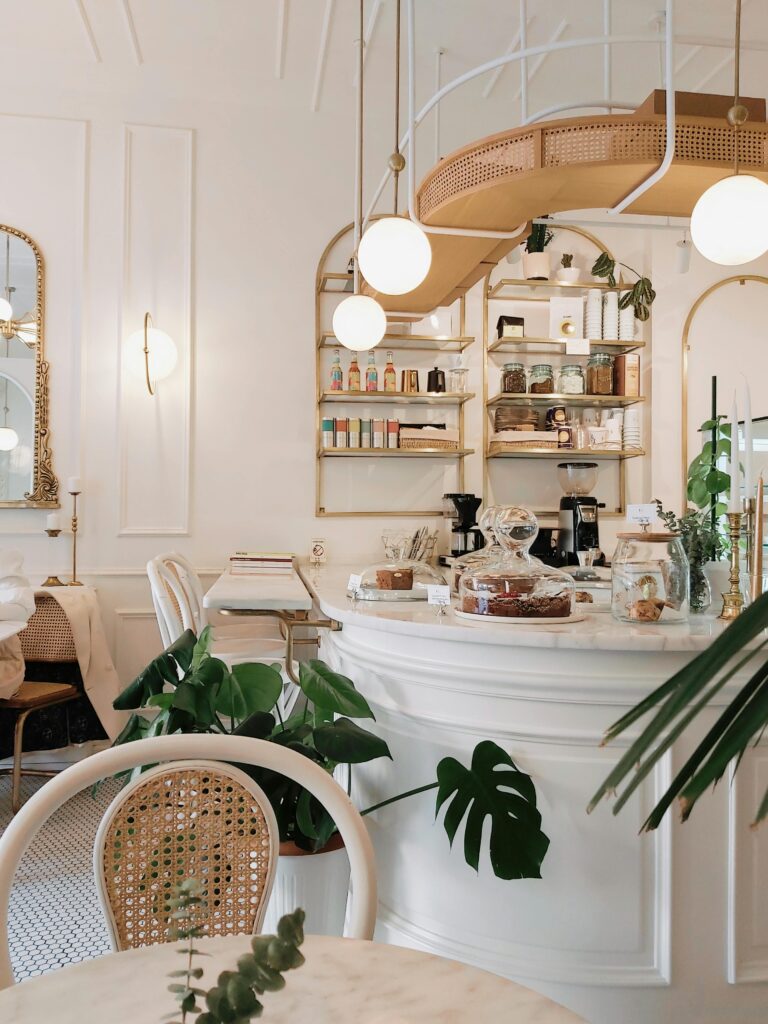
Related stories
Zero Waste: La Revolución Sostenible en el Mundo Empresarial
In a world where resources are finite, and the...
Sitio Web: Importancia de tener presencia online
Have you thought about how important it can be to have a...
LUXEMBURGO
In the heart of Europe, Luxembourg is emerging as a mosaic...
Madonna: La reina del pop que reinventó la música y la cultura
When I am hungry, as. When I'm thirsty, I drink. And when...
Cinco Consejos para Sobre llevar los Miedos e Inseguridades al Emprender
Take a new path in the world of business...


